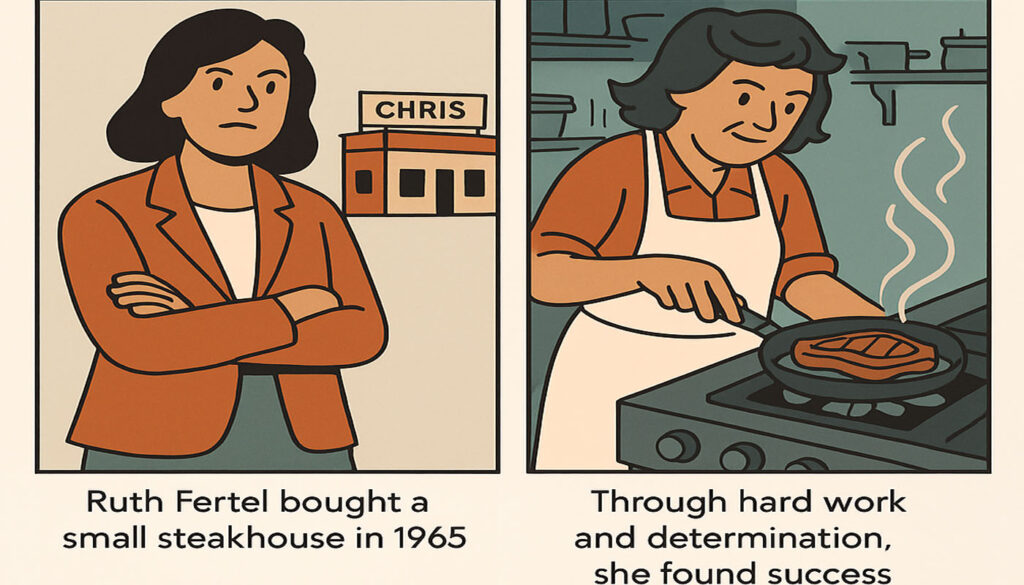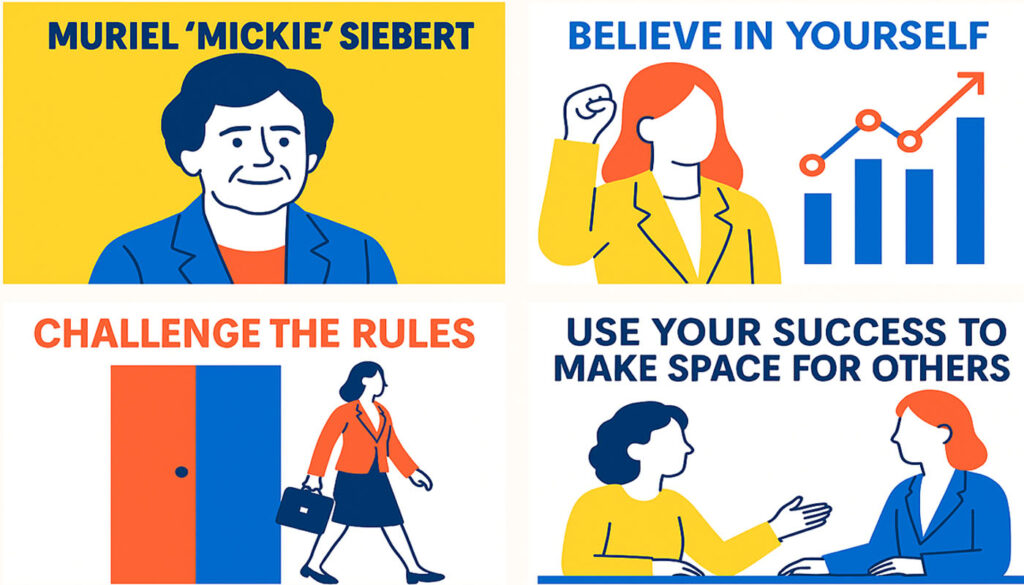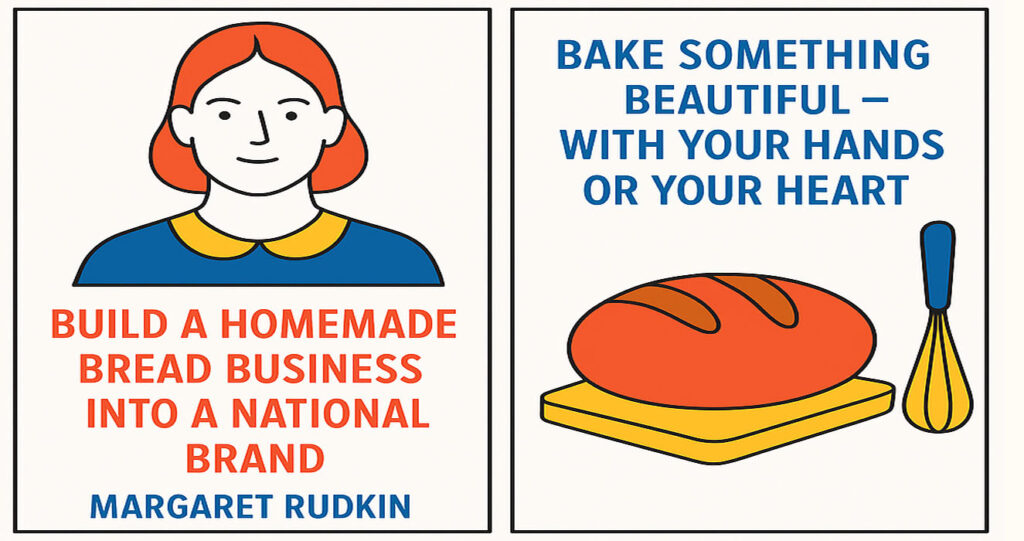Once upon a time, in the city of London, a little girl with sharp eyes and a quiet fire in her soul began to see the world differently. Her name was Anna Wintour. She didn’t dream of fairy tales or castles. She dreamed of magazines, of bold headlines, of photos that told stories without words. From a young age, Anna saw fashion not as clothes, but as art, power, and voice.
Anna was born in 1949 into a family that understood media. Her father, Charles Wintour, was the editor of the Evening Standard, a famous British newspaper. So, news, writing, and strong opinions filled the air around her. But Anna was not one to copy others. She was always her own person—direct, clear, and confident.
Even in school, Anna had a unique style. She wore her signature bob haircut as a teenager. She hated uniforms. She believed in dressing with purpose. For her, fashion was not about fitting in. It was about standing out. And that attitude stayed with her for life.
Anna started working in fashion at just 15, at a boutique in London. Then she entered the world of magazines, and everything changed. She worked for Harper’s & Queen in the UK before crossing the ocean to New York. She carried with her a vision, sharp instincts, and a deep belief: fashion could change minds. It wasn’t just pretty. It was powerful.
In the 1970s and 1980s, Anna climbed up the magazine ladder. She worked at Harper’s Bazaar and other fashion magazines, learning and shaping her style. She was bold in her ideas, never afraid to speak her mind. That boldness could feel cold to some, but it earned her respect from the toughest editors and the highest designers.
Then, in 1988, something big happened. Anna Wintour became the Editor-in-Chief of Vogue, one of the most important fashion magazines in the world.
From the moment she took that job, she rewrote the rules.
Her very first cover was unexpected—a model in jeans with a bejeweled T-shirt, photographed in natural light. That cover shocked the fashion world. It broke the mold of studio-polished perfection. But Anna had a message: fashion was changing, and Vogue would lead that change.
She didn’t just talk about trends. She made them. She didn’t wait for permission. She gave direction. Under her leadership, Vogue became not just a magazine but a movement. It became the place where fashion met power, politics, culture, and dreams.
Anna believed in excellence. She pushed her team to deliver perfection. She had high standards and expected people to rise to them. Many feared her, but even more admired her. She had an eye for talent and a nose for what would work before the rest of the world could see it.
Designers, models, photographers—all found their careers lifted by Anna’s vision. She supported names like Marc Jacobs, John Galliano, and Alexander McQueen when they were still young. She understood the business of fashion as deeply as the beauty of it.
But Anna wasn’t only about clothes. She saw fashion as a reflection of the world. So she placed celebrities on covers, starting with Madonna. She included stories about serious topics—politics, health, and global issues—alongside beautiful clothes. She turned Vogue into a voice for modern women.
As a leader, Anna was both feared and admired. Her office was run like a tight ship. Deadlines were sacred. Every photo, every word, every outfit had to pass through her laser-sharp judgment. People whispered about her cold stare and strong silence. Yet behind that image was a woman with courage, precision, and endless dedication to her craft.
Outside of Vogue, Anna also played a major role in fashion business. She helped organize the Met Gala, transforming it from a local fashion event into a global phenomenon. She raised millions for the Costume Institute of the Metropolitan Museum of Art in New York. The Met Gala became a place where fashion, celebrities, and culture collided—and Anna was the queen of it all.
She also guided young designers through programs like the CFDA/Vogue Fashion Fund, which helped rising talents find their footing. She believed in the future of fashion and worked to build it.
In the business world, Anna Wintour became a symbol of leadership, resilience, and excellence. She sat in the front row at every major show. Her approval could make or break a collection. She worked closely with top fashion houses and helped shape the industry into what it is today—global, digital, and always moving forward.
But behind the dark sunglasses and the structured blazers, there was also a woman with discipline and heart. She believed in hard work. She believed that nothing beautiful comes easy. And she taught many women that leadership can be elegant, silent, and strong all at once.
Anna Wintour wasn’t trying to be liked. She was trying to build something lasting. And she did.
Years passed, but Anna stayed. While fashion evolved, she remained its constant voice. The young generation still looked to her. The old guard respected her. And the business world admired her focus, her clarity, and her staying power.
She became more than a magazine editor. She became a symbol of high standards. She taught the world that vision and leadership are not about loud words or soft hearts—but about knowing where you want to go and having the strength to take others there with you.
Today, Anna Wintour continues her role at Vogue, and also serves as Chief Content Officer for Condé Nast, the media company behind many major publications. She still influences not only what people wear but also how they see the world.
Her story is not just about fashion. It’s about believing in yourself. About having the courage to lead. About standing for something in a world that often changes with the wind.
She showed the world that a woman can lead with sharpness and grace, with calm and power, with style and strength. Anna Wintour walked into a room and owned it—not because she demanded attention, but because she earned respect.
That little girl from London, who once cut her hair into a neat bob and dreamed of beautiful pages, went on to shape one of the most powerful industries in the world.
Her life reminds us: success isn’t about pleasing everyone. It’s about being true to your vision. And never apologizing for it.

















